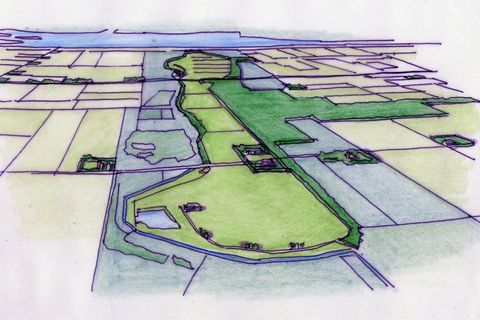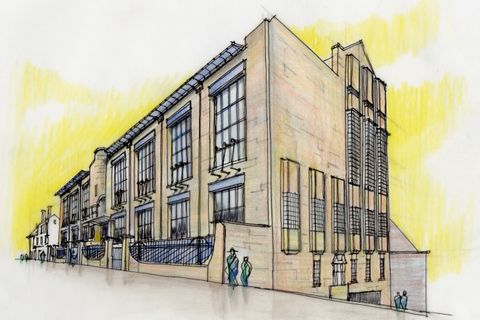The other link to art is literature. Jan Jacob Slauerhoff was born in 1898 in Leeuwarden as the fifth child in his family. His father, born in Friesland, had a well-known upholstery and furniture shop in Leeuwarden. His mother, Cornelia Pronker, was one of nine children of a pilot from Vlieland. The family Pronker were a seafaring family for more than 400 years. Mr. Slauerhoff had a weak constitution but coped quite well on Vlieland. In his youth he frequently visited the island with his mother, stayed with his sister at his uncles and went to summer school. After his diploma at the so called HBS – where he became interested in literature for the first time and started to write poems – he studied medicine at the University of Amsterdam and received his degree in 1923. Later he would frequently stay at the house of Doctor Terwisga on Vlieland. He even considered taking over his practice, but he wanted to travel – in spite his poor health – and he became a ship’s doctor. On the 70th anniversary of his death, on 5 October 2006, a walking path was set out on the island marking places that played a part in his life, or which could be connected to his work. A glass panel is now placed with a fragment of a poem in fourteen places. A plaque is placed on his house at Dorpstraat 27. A family descendant, Tom Pronker, has produced an interesting booklet with the route, called Wandelen op Vlieland met Jan Slauerhoff (only in Dutch).






